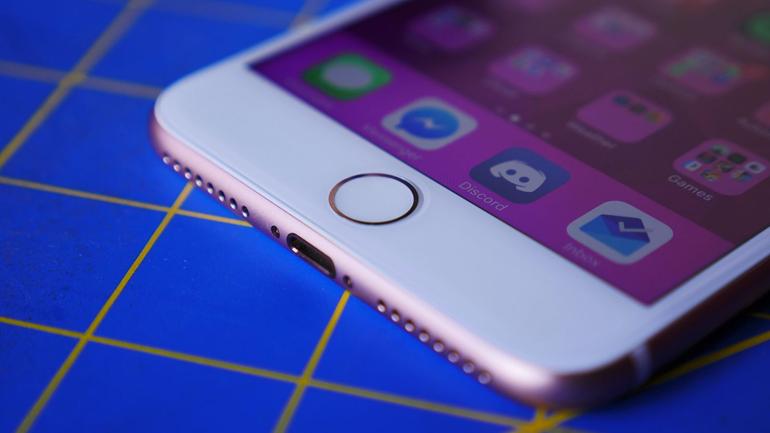

The FCC reckons that activating the FM chip on devices such as the iPhone is justifiable on public safety grounds alone.
Image: Apple
Nearly all smartphones sold today in the US, including the iPhone, have an FM chip inside their LTE modems. However, carriers and phone makers keep it switched off, probably for business reasons.
Ajit Pai, who was appointed to chair US comms watchdog the FCC in January, would like to see more phones have those FM receivers activated.
“You could make a case for activating chips on public safety grounds alone,” he said in remarks at the North American Association’s Future of Radio and Audio Symposium this week.
Although he wants carriers and handset makers to switch on FM, he said he isn’t keen on forcing the industry to enable FM and would leave it to the market to decide.
Pai highlighted that only 44 percent of smartphones have the FM chip activated in the US and fewer in Canada, compared with 80 percent in Mexico.
“So it’s not just that the US and Canada could be doing better. We could be doing a lot better,” he said.
If Apple activated the FM radio on the iPhone, it would be likely to boost FM activations dramatically overall. As reported by MacRumors, the study Pai cited found that 94 percent of the phones that don’t have FM activated are iPhones.
“It seems odd that every day we hear about a new smartphone app that lets you do something innovative, yet these modern-day mobile miracles don’t enable a key function offered by a 1982 Sony Walkman,” Pai said.
He pointed to several benefits. For example, using FM radio would use far less battery life and less data, while allowing people to receive emergency alerts when a wireless network is overloaded.
Some carriers, such as AT&T and Sprint, have recently decided to enable the FM radio in Android devices, and this move appears to have had an impact. Pai noted that the share of activated FM chips had risen from 25 percent two years ago.
“As more and more Americans use activated FM chips in their smartphones, consumer demand for smartphones with activated FM chips should continue to increase,” he said.

